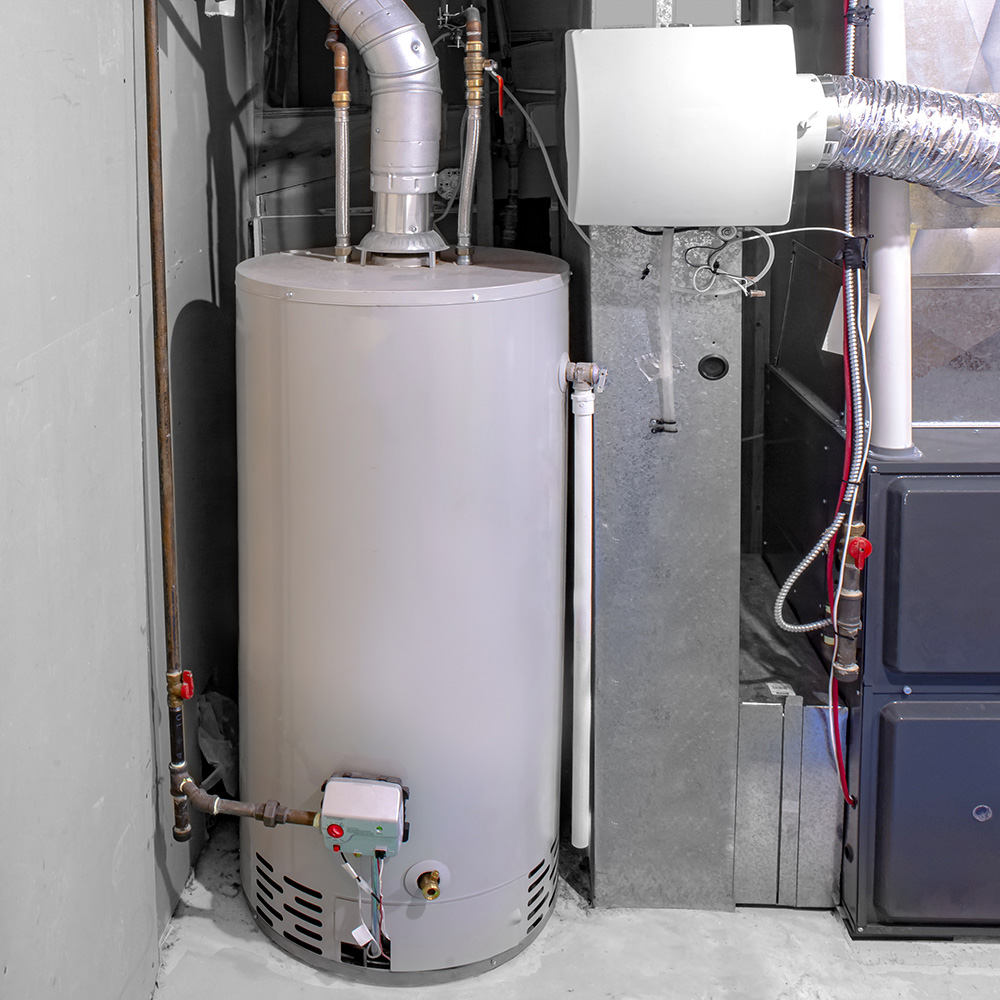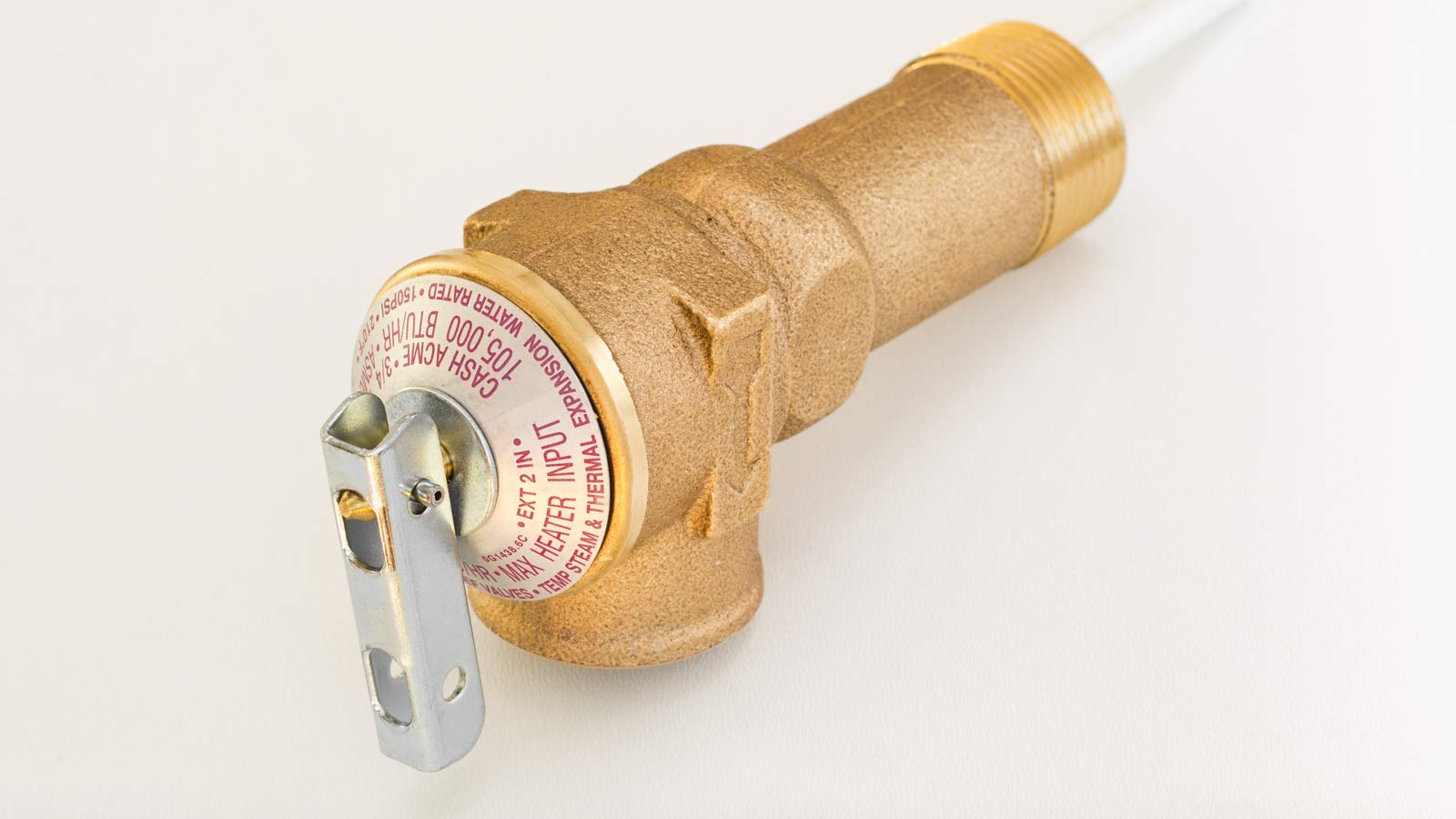Low water pressure in your shower after replacing the water heater could be due to sediment buildup or incorrect installation. Check for these issues to restore proper flow.
Low water pressure in the shower can be frustrating, especially after installing a new water heater. This problem often arises from sediment buildup in the pipes or showerhead, which restricts water flow. Incorrect installation of the water heater can also affect pressure levels.
Ensuring that the water heater is installed correctly and that all connections are secure is crucial. Regular maintenance, such as flushing the water heater and cleaning the showerhead, can prevent sediment buildup. Addressing these issues promptly can help restore adequate water pressure and improve your shower experience.

Credit: www.homedepot.com
Page Contents
Common Causes
Sediment build-up can block water flow. Tiny particles settle in your pipes. This makes water pressure drop. Regular cleaning can help prevent this. Flushing the water heater can remove sediments. Clean pipes will improve water flow.
Incorrect installation might cause low water pressure. Pipes could be improperly connected. Fittings might not be tight enough. Proper installation ensures good water flow. A professional plumber can fix these issues. Correct installation is crucial for good water pressure.
Check The Shut-off Valve
The shut-off valve controls water flow. It is usually near the water heater. Look for a valve that turns or a lever.
The valve might not be fully open. Turn it counterclockwise to open it completely. A partially closed valve can reduce water pressure.
Inspect The Water Lines
Kinks in the water lines can cause low water pressure. These kinks often happen during installation. Carefully check the lines near the water heater. Make sure they are straight and not bent. If you find a kink, straighten it out. This might solve the problem quickly.
Obstructions in the water lines can also reduce water pressure. These could be debris or mineral build-up. Turn off the water supply first. Then, detach the showerhead and inspect the lines. Look inside the pipes for any blockages. Remove any visible debris to improve the flow.

Credit: danikaplumbing.com
Test The Pressure Regulator
Experiencing low water pressure in the shower after replacing your water heater? Check the pressure regulator for potential adjustments or replacements. Properly functioning pressure regulators ensure consistent water flow throughout your home.
Locate The Regulator
The pressure regulator is usually found near the water meter. It controls the water pressure entering your home. Check your basement or utility room. Look for a conical-shaped valve. It might have an adjustment screw on top.
Adjust The Settings
Use a wrench to turn the adjustment screw. Turning it clockwise increases pressure. Turning it counterclockwise decreases it. Make small adjustments and test the water pressure. Repeat until you get the desired pressure.
Examine The Showerhead
First, turn off the water supply. Then, unscrew the showerhead. Use a brush to remove mineral deposits. Soak the showerhead in vinegar for 30 minutes. Rinse it with water and reattach it. This might improve the water flow.
If cleaning does not help, consider buying a new showerhead. Older showerheads can clog easily. Modern ones have better water flow. Look for a high-pressure showerhead for better performance. Installing a new showerhead can fix low water pressure issues.
Assess The Water Heater Settings
Make sure the temperature is set correctly. The ideal setting is 120°F. This helps in maintaining good water pressure. Higher settings can sometimes cause pressure issues. Check the manufacturer’s guidelines for proper settings. Adjust the temperature dial if necessary. Always ensure safety when handling the heater.
The pressure relief valve helps in regulating water pressure. It can sometimes get stuck or malfunction. Check if the valve is working properly. Look for any leaks around the valve. If faulty, you may need to replace it. Always consult a professional if unsure. Safety first when dealing with water heaters.
Flush The Water Heater
First, make sure to turn off the power to the water heater. This is very important for safety. You can do this by switching off the circuit breaker. If you have a gas heater, turn off the gas valve. This step prevents accidents and ensures your safety.
Next, you need to drain the water heater. Attach a hose to the drain valve. Open the valve and let the water flow out. Once it is empty, close the drain valve. Now, you can refill the water heater. Open the water supply valve and let it fill up. Make sure to check for leaks. Turn the power or gas back on. This helps to remove any sediment and improve water pressure.
When To Call A Professional
Experiencing low water pressure in the shower after replacing the water heater often signals the need for professional assistance. Persistent issues might indicate installation errors, blockages, or other underlying problems that require expert diagnosis and repair.
Persistent Issues
Experiencing low water pressure can be frustrating. If the problem continues, it may be time to seek professional help. A licensed plumber can identify hidden problems. Persistent low pressure could indicate a serious issue. Internal blockages or faulty installations might be the cause. A professional can solve these problems efficiently.
Complex Installations
Complex water heater systems require expert handling. Incorrect installation can lead to persistent low pressure. Professionals have the necessary tools and knowledge. They ensure that installations comply with local codes and standards. Hiring an expert can save you time and avoid potential damage. Proper installation guarantees optimal performance and water pressure.

Credit: www.kingheating.com
Frequently Asked Questions
Why Is My Water Pressure Low After Installing A New Water Heater?
Low water pressure after installing a new water heater may be due to sediment buildup, incorrect installation, or valve issues.
Why Is My Water Pressure Low Only In My Shower?
Your showerhead might be clogged with mineral deposits. Try cleaning or replacing it. Check for any valve issues or pipe leaks.
Can A Hot Water Heater Make You Lose Water Pressure?
Yes, a hot water heater can cause low water pressure. Common issues include sediment buildup, leaks, or faulty valves.
Why Is My Hot Water Pressure Low But My Cold Water Is Fine?
Low hot water pressure might be due to sediment buildup, a faulty water heater, or a partially closed valve. Check and clean the water heater, or consult a professional plumber for a thorough inspection.
Conclusion
Experiencing low water pressure after replacing a water heater can be frustrating. Check for installation issues and clogged pipes. Regular maintenance and professional help can prevent future problems. Ensuring optimal water pressure enhances your shower experience. Always address any issues promptly to avoid long-term damage.
Enjoy your revitalized shower with consistent water pressure.
